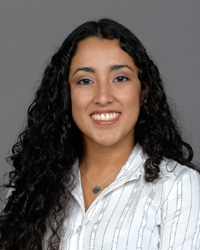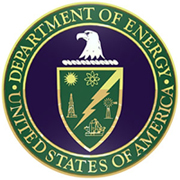 Emma Lopez (Environmental Engineering) About DOE Fellow |
Accomplishments as DOE Fellow:
Ms. Emma Lopez worked on a project to support the Oak Ridge Reservation’s mercury remediation strategies. The proposed scope of work for 2009-2010 focuses on utilizing the integrated ground and surface water models of the White Oak Creek Watershed (WOC) and the area surrounding Oak Ridge National Laboratory (ORNL) buildings 4501 and 4505 in Tennessee which were developed in 2007-2008. The models will be used to simulate the environmental impacts of various remediation scenarios and the potential risks for increased contamination during D&D activities (especially in the vicinity of Buildings 4501 and 4505). The objective was to analyze the mercury cycle in the environment and to determine the fate and transport of contamination within the watersheds or the contaminated site. The model of the WOC watershed will be used to provide simulations of Total Maximum Daily Load (TMDL) which has been recommended by the Tennessee Department of Environment and Conservation regarding Oak Ridge streams. Ms. Lopez processed and analyzed available hydrologic and mercury concentration data to better understand the boundary conditions of the model. She provides insight for the use of TMDLs at the ORNL site by using different programs to graph the available data.
